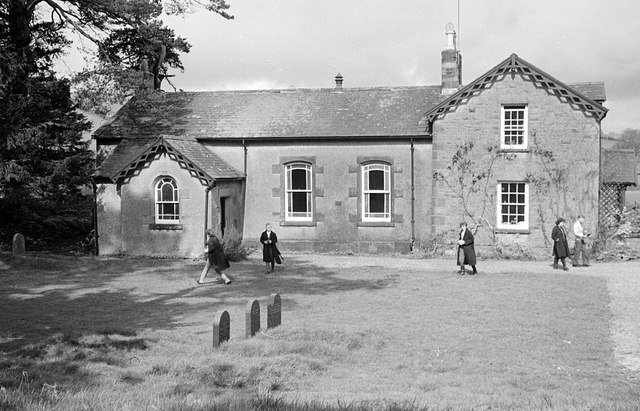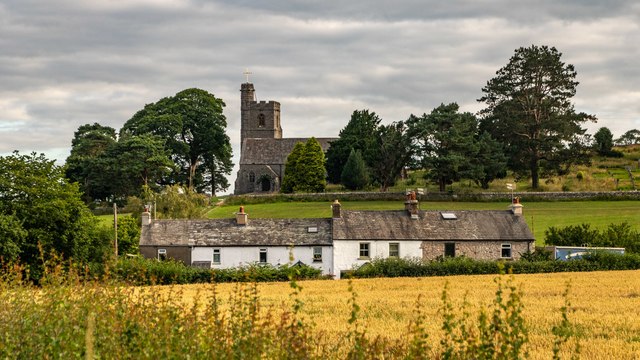Preston Patrick Quaker Meeting House with attached caretaker's house and associated gighouse/stable/schoolroom and burial ground walls - List Entry

-
Description
"....Preston Patrick is at the heart of the country known as '1652 country', and on 16 June 1652 George Fox preached to a group known as the Westmorland Seekers in a chapel there. This group, of which eight were from the village, played a pivotal role in early Quakerism in the north of England. In 1689 Thomas Cann bought a plot of land on the lane at the south end of the village for £6 from William Lord Montgomery. A meeting house was erected on the plot by 1691, and a burial ground opened; records suggest that the earliest burial dates from 1685, and that several of the Westmorland Seekers were buried here. This late-C17 meeting house closed in 1833 due to a decline in members. After a revival, a new meeting house was rebuilt on the same site in 1869 at a cost of £232. The new building occupies the same foot print as the first building, and it is thought that the external walls and some joinery from the first meeting house were retained. The new meeting house consisted of a main meeting room with a smaller women's meeting room to the west and a first floor gallery..." -
Owner
Historic England -
Source
Local (Co-Curate) -
License
What does this mean? Unknown license check permission to reuse
-
Further information
Link: https://historicengland.org.uk/listing/the-list/list-entry/1461436
Resource type: Text/Website
Added by: Simon Cotterill
Last modified: 3 years, 10 months ago
Viewed: 414 times
Picture Taken: Unknown -
Co-Curate tags







